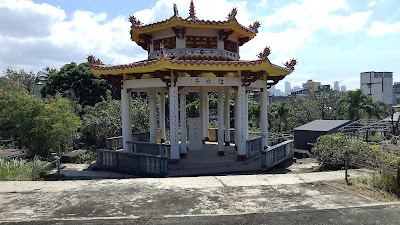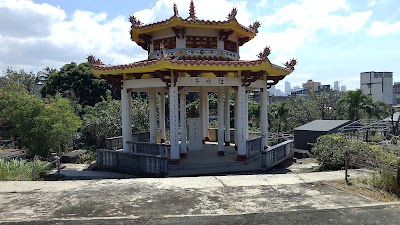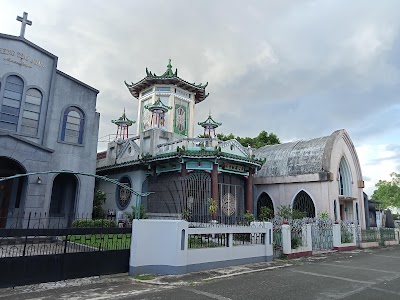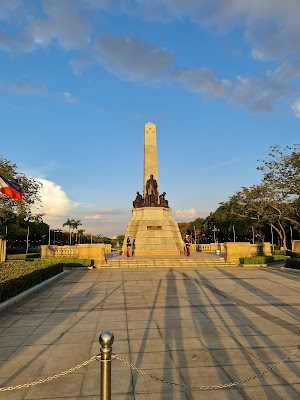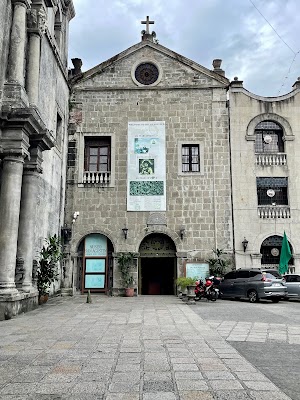Chinese Cemetery (nese Cemetery</place_en_name>Chinese Cemetery)
Overview
**Discovering the Chinese Cemetery: A Hidden Gem in Manila**
Nestled in the heart of Manila, the **Chinese Cemetery** stands as a testament to the rich cultural tapestry woven by the Chinese community in the Philippines. Often overlooked by mainstream tour itineraries, this cemetery offers much more than a final resting place; it is a treasure trove of history, architecture, and poignant stories that encapsulate the resilience and contributions of the Chinese-Filipino community.
Established in **1879** by the Chinese community of Manila, the cemetery emerged from necessity. During the Spanish colonial period, local Chinese, who played a significant role in the country’s commerce and trade, were prohibited from being buried in Catholic cemeteries. Thus, this **54-hectare burial ground** transformed into a sanctuary where Chinese traditions and memorial practices could flourish. Each tomb within the cemetery reflects the family’s social status and their respect for departed loved ones, creating an open-air museum of cultural significance.
Historically, the cemetery serves as a vital marker of the legacy of the Chinese in the Philippines. During World War II, many Chinese Filipinos became involved in anti-Japanese activities. In a tragic twist, the Japanese forces used the cemetery as a site for executing suspected guerrillas. A solemn memorial within the grounds commemorates this dark chapter, honoring those who sacrificed their lives for freedom.
One of the most captivating aspects of the **Chinese Cemetery** is its architectural splendor. Strolling through the cemetery feels akin to navigating a miniature city. Majestic mausoleums, some reaching three stories high, resemble luxurious homes, complete with gates, fences, and even air-conditioning units. These extravagant structures symbolize the belief that the deceased require comfort and opulence in the afterlife. Noteworthy tombs, including those designed in the style of ancient Chinese pagodas, showcase intricate carvings and elaborate decorations that truly captivate visitors.
A key landmark within the cemetery is the **Chong Hock Tong Temple**, one of the oldest Chinese temples in Manila, believed to have been built around **1850**. This sacred site serves as a witness to numerous historical events and is an integral part of the Chinese community’s heritage. Visitors are often enchanted by the temple’s elegant architecture, traditional incense offerings, and tranquil ambiance, which provide a stark contrast to the bustling city beyond its walls.
Another significant feature is the **Martyrs' Hall**, dedicated to five Chinese-Filipino patriots executed by the Japanese. This poignant monument serves as a reminder of the community’s enduring spirit and their contributions to the nation’s history. Memorial plaques, photographs, and personal stories within the hall offer an emotive glimpse into the past, enriching the visitor experience.
For those intrigued by more recent history, the cemetery is also home to the tomb of **Ma Mon Luk**, the creator of the famous Filipino-Chinese noodle dish, mami. His mausoleum attracts culinary enthusiasts eager to pay homage to the trailblazer who left an indelible mark on Filipino cuisine.
Visiting the **Chinese Cemetery** is not merely an educational experience; it is a cultural immersion. Traditional Chinese practices, such as the annual **Qingming Festival** or Tomb Sweeping Day, provide a unique opportunity for observation. During this time, families come to clean tombs, offer food and incense, and burn paper offerings, believing these gestures reach their ancestors in the afterlife. This vivid display of devotion and respect transcends generations, offering travelers a glimpse into the rich cultural practices of the Chinese-Filipino community.
Whether you are a history buff, culture enthusiast, or simply a curious traveler, the **Chinese Cemetery** in Manila provides a serene yet enriching escape from the city's hustle and bustle. Exploring this remarkable site offers a deeper understanding of the vital role the Chinese community has played, and continues to play, in shaping the cultural landscape of the Philippines. So, the next time you find yourself in Manila, step off the beaten path and uncover the compelling stories that lie within this picturesque necropolis.


